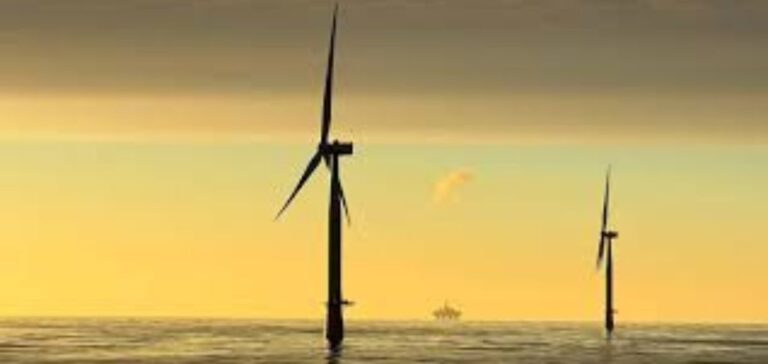On Wednesday, Norway inaugurated the world’s largest field of floating wind turbines in its North Sea waters, a technology that is still in its infancy but holds great promise for the energy transition.
Inauguration of the Hywind Tampen floating wind farm: A step towards European climate targets
Comprising 11 turbines, each rated at 8.6 MW, the Hywind Tampen field supplies power to five nearby oil and gas platforms, meeting around 35% of their needs. It went into production at the end of last year, and was officially inaugurated on Wednesday by Norway’s Crown Prince Haakon and Prime Minister Jonas Gahr Støre, some 140 km off the coast.
“Europeans and we all need more electricity. The war in Ukraine has reinforced this,” said Mr. Støre, quoted by Norwegian news agency NTB. “This electricity must be of renewable origin if Europe is to meet its climate targets,” he added.
Unlike offshore wind turbines, which are fixed to foundations on the seabed, floating wind turbines are, as their name suggests, mounted on a floating structure held in place by anchoring devices. This means they can be installed in deeper waters, farther from shore and where the wind is more stable, but they are also more expensive.
The construction of Hywind Tampen at depths of between 260 and 300 meters cost some 7.4 billion crowns (640 million euros).
“Yes, it’s expensive, but someone has to lead the way,” said the Prime Minister.
In addition to Equinor, the project includes Norway’s state-owned Petoro group, Austria’s OMV, Vår Energi – the Norwegian subsidiary of Italy’s Eni – Germany’s Wintershall DEA and Japan’s Inpex.






















